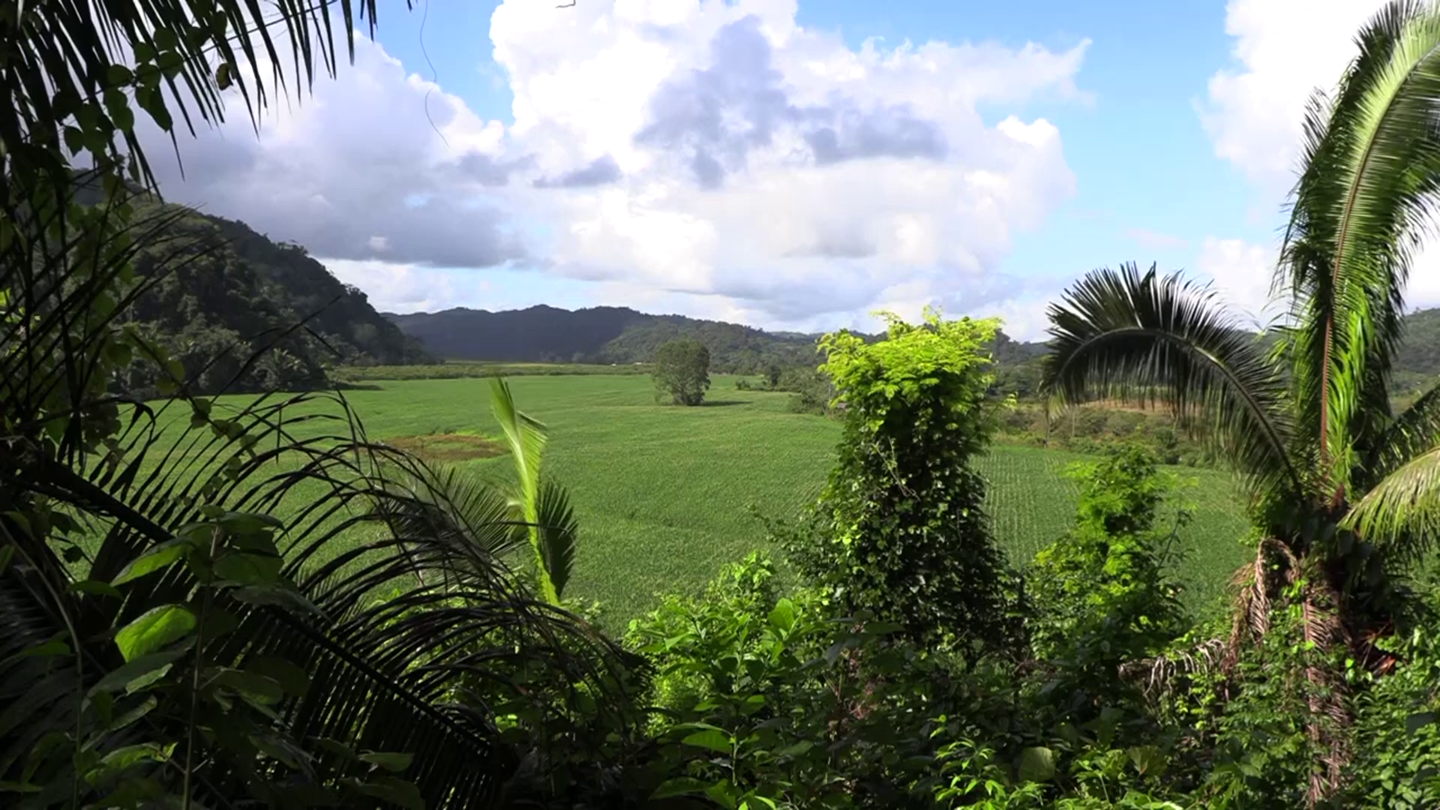Today marks the beginning of consultations by the National Biodiversity Office under the Ministry of Sustainable Development and Climate Change. They’re working to update the National Biodiversity Strategy and Action Plan, a crucial five-year initiative aimed at preserving Belize’s rich biodiversity and promoting sustainable growth. News Five’s Britney Gordon has the details.
Britney Gordon, Reporting
It’s been almost ten years since Belize introduced the National Biodiversity Strategy and Action Plan, a vital tool for managing the country’s natural resources. However, it’s time for an update. Saul Cruz, Director of the National Biodiversity Office, shares how the government intends to implement these necessary changes.
Saul Cruz, Director, National Biodiversity Office
“What we’re looking at here is to really get stakeholder input, stakeholder guidance on the updating of our National Biodiversity Strategy and Action Plan. So our last strategy dated from 2016 to 2020. And also with the updating of the global biodiversity goals countries who are, member states of the convention on biological diversity are provided support to realign those national strategies to ensure that as countries we are also meeting those global targets as well.”
Ryan Zuniga, Program Lead, UNDP
“We’re doing consultation or supporting a consultation to revise the National Biodiversity Strategy and Action Plan. So from a UN perspective, we’re just ensuring that one, we’re providing resources for this process to take place. But in doing so, ensuring that it’s an inclusive and participatory process that we include all stakeholders vulnerable groups, vulnerable communities women led NGOs and also indigenous people in the process. We also want to ensure that it’s actionable, that it also aligns with our global targets as a UN organization in terms of mainstream and biodiversity conservation in the larger development space and context.”
“One of the things that we would want to see more represented is the inclusivity of our community groups of our indigenous groups, even before we got to this point of national consultation, my office has been very active in trying to engage our community members community organized groups, our indigenous groups and all these other players. And the intention is to have these social groups be represented much more within our biodiversity strategy. Because generally when you hear biodiversity, you would think, birds and trees and, these things. But no, this strategy has to represent benefit to communities because at the end of the day, we are the users.”
Funding is provided by the Global Environmental Facility, which the UNDP uses to support national governments in advancing environmental priorities.
“It’s on an ongoing basis. I think this project is just under a hundred and seventy five thousand US just for this process alone. But again, there are several different pots of money that we use to support the different aspects of the revision of the NBSAP. We have other things online other things in the pipeline that is to look at the full realization of the program, how it is that we determine the financial feasibility, the financial and economic feasibility of integrating this into the national development priorities.”
The National Biodiversity Office plans to update the strategy every few years to ensure it continues to meet Belize’s evolving biodiversity needs.
“So the strategy will obviously be a bit all inclusive and would have some really progressive goals. And so all these things will require financing. And so at the end of the day, for us to achieve those milestones, we need to also have mechanisms to generate some of those funds to ensure that we have those revenues or programs to sustain some of these actions that will be built into the biodiversity plan.”
Britney Gordon for News Five.
